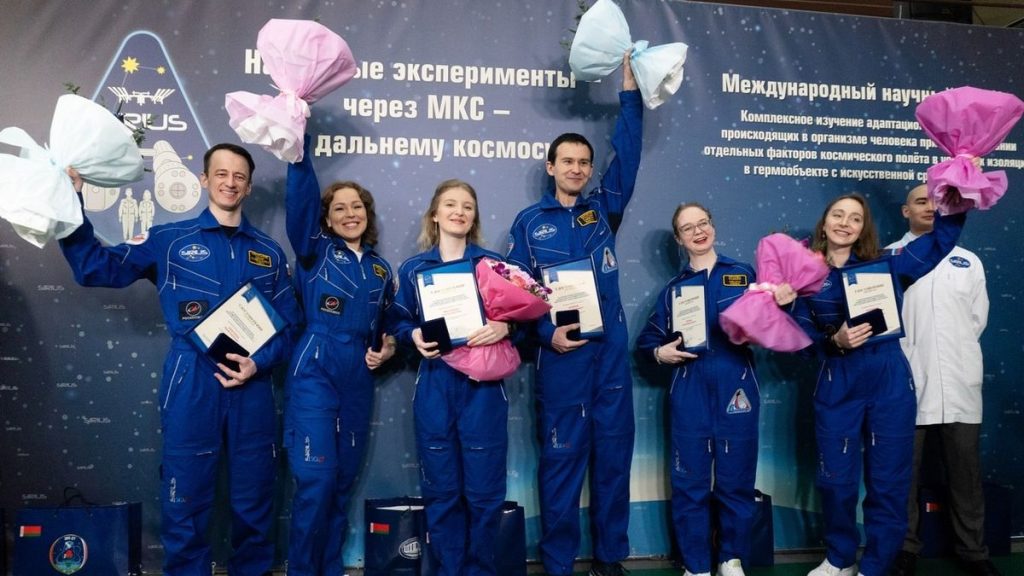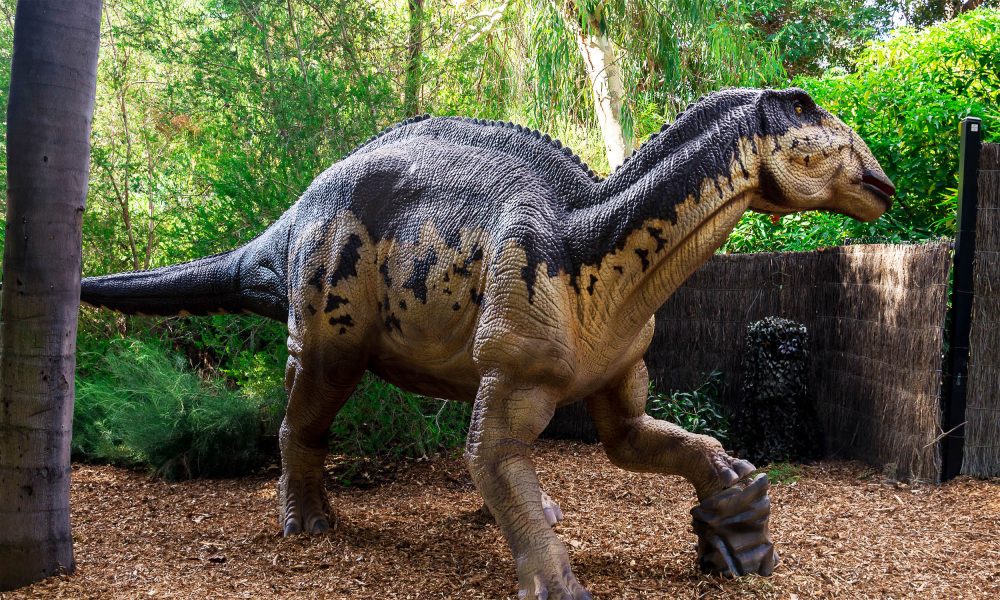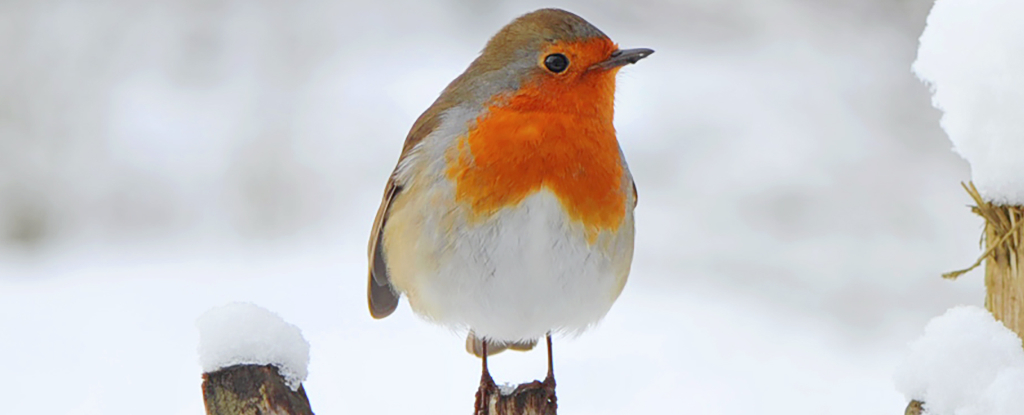A year in isolation: 366-day mock moon mission wraps up in Russia – Space.com

The SIRIUS-23 project could help our species take the next giant leap.
When you purchase through links on our site, we may earn an affiliate commission. Here’s how it works.
On Nov. 14, 2024, the Institute of Biomedical Problems (IBMP) of the Russian Academy of Sciences marked the successful completion of SIRIUS-23, a year-long biomedical isolation experiment simulating the conditions of deep-space travel and lunar surface operations.For 366 days, a crew of six analog astronauts lived and worked in a sealed environment, a meticulously controlled Earth-based stand-in for interplanetary missions of the future.The SIRIUS (Scientific International Research in Unique terrestrial Station) project, launched in collaboration with NASA’s Human Research Program and the IBMP in 2017, had previously conducted shorter experiments lasting 17, 120 and 240 days. These missions, featuring international crews from Russia, the United States and the United Arab Emirates, aimed to replicate the isolation and psychological strain of long-term spaceflight.However, after 2022, IBMP decided to proceed with the ambitious SIRIUS-23 experiment independently. The latest crew hailed from Russia and Belarus: Commander Yuriy Chebotarev, Flight Engineer Angelica Parfenova, Medical Officer Ksenia Orlova, and Researchers Olga Mastickaya, Ksenia Shishenina, and Rustam Zaripov — a mixed-gender team of two men and four women.Related: NASA’s 1st year-long mock Mars mission wraps up in HoustonThe mission reflected humanity’s growing aspirations beyond Earth orbit. With plans to establish lunar bases and eventually launch crewed interplanetary missions, solving the challenges of isolation, resource scarcity and physiological stress remains critical. SIRIUS-23 aimed to address these hurdles by testing technologies, procedures and human resilience in the IBMP’s Ground Experimental Complex (GEC) — a hermetically sealed habitat equipped with independent life support systems, atmospheric controls, and monitored 24/7 by engineers at mission control.The SIRIUS program builds on decades of research, notably the Mars-500 experiment of 2010-2011, in which six participants spent 520 days in isolation to simulate a round-trip mission to Mars. Like its predecessor, SIRIUS-23 provided unparalleled insights into how human beings adapt — physically, mentally and socially — to prolonged confinement in extreme environments.Breaking space news, the latest updates on rocket launches, skywatching events and more!The SIRIUS-23 mission meticulously recreated key stages of a crewed lunar mission: transit to the moon, docking with an orbital station, surface operations and the return journey. The crew conducted five simulated landings, rotating teams of four to mimic lunar exploration tasks. Virtual reality systems played a dual role, offering both psychological support and immersive simulations of extravehicular activities (EVAs) on the moon’s surface.The experiment tackled critical scientific and operational objectives in multiple areas:1. Biomedical research2. On-planet operations3. Mission stressors4. Social dynamics — NASA seeks applications for the CHAPEA 2 analog Mars mission — ‘Analog astronauts’ assemble in Biosphere 2 bubble to talk simulated space missions — NASA’s Artemis program: Everything you need to knowThe SIRIUS-23 research program featured 52 experiments spanning psychological, physiological, immunological, metabolic and microbiological studies. The results are expected to inform future lunar and Mars missions, with journal publications anticipated by the end of 2025.Why simulate when we’ve done it before? Spaceflight analog missions may seem repetitive, but their value grows with each iteration. Every year brings new research questions, advanced biomedical tools, and experimental technologies. Earth-based isolation environments like the GEC offer cost-effective, risk-free platforms to test solutions that would be impractical or impossible to implement aboard the International Space Station.As researchers pore over the vast trove of data collected during the mission, the SIRIUS-23 crew now faces a more personal challenge: re-adjusting to life on Earth. After a year without sunlight, fresh air, or the everyday distractions of modern life, the team recuperated at a Black Sea resort. There, they reconnected with the sounds, smells, their inner self and sights of the outside world — a world that, for 12 months, was reduced to a memory.The success of SIRIUS-23 represents another step toward sustainable human exploration of space. By studying the psychological and physiological effects of long-term isolation, scientists are helping pave the way for missions to the moon, Mars and beyond. While the crew endured the challenges of confinement for the sake of science, their work embodies a larger purpose: enabling future explorers to journey farther and stay longer.Join our Space Forums to keep talking space on the latest missions, night sky and more! And if you have a news tip, correction or comment, let us know at: community@space.com.Anastasia Stepanova is a space journalist, research engineer, PhD candidate in Space Resources at the Colorado School of Mines and co-author of the space book “I wish you a good flight.” She has participated as a mission specialist and crew journalist in numerous experiments and projects aimed at better understanding the effects of space travel on the human body, as well as simulating the conditions of a crewed expedition to the moon and Mars.Private Athena moon lander arrives in Florida ahead of SpaceX launch on Feb. 26Happy Lunar New Year 2025! Chinese astronauts send Year of the Snake greeting from Tiangong space station (video)A red moon: Will the next ‘Sputnik Moment’ be made in China?
Space is part of Future US Inc, an international media group and leading digital publisher. Visit our corporate site.
©
Future US, Inc. Full 7th Floor, 130 West 42nd Street,
New York,
NY 10036.






